Chapter 12 Automating Your Workflow for Maximum Efficiency
Maximize productivity with automation tools. This chapter explores how automating order processing, inventory syncing, and customer management streamlines your dropshipping business.
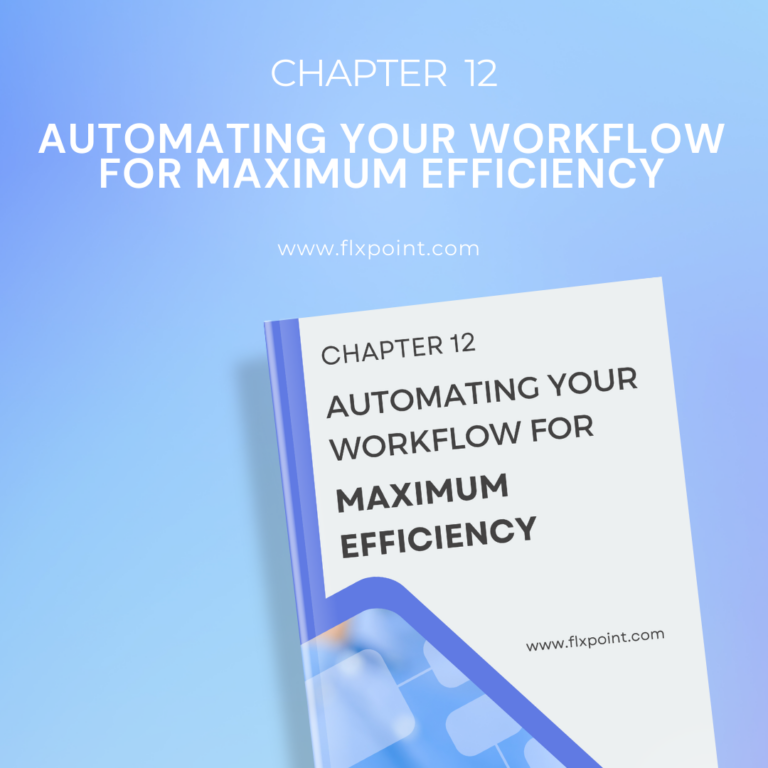
Introduction to Workflow Automation
Workflow automation in dropshipping means using technology to do repetitive tasks like packing orders, updating stock, and talking to suppliers. This helps businesses work faster, make fewer mistakes, and save time.
Automation is important for growing a dropshipping business. It keeps things consistent, makes operations smoother as orders increase and helps manage stock across different platforms. It also processes orders quickly and ensures accurate delivery, giving you more time to focus on growing your business.
Flxpoint automation is designed to make these processes simpler. It updates stock instantly, sends orders to the best supplier and keeps everything up-to-date across all platforms. This helps dropshipping businesses stay in control, even when things get complicated. By using automation, Flxpoint makes workflow smoother, fulfillment faster and more accurately, helping businesses grow successfully.
Benefits of Automating Repetitive Tasks in Dropshipping
Time-saving advantages – Freeing up time for higher-value tasks
- Focus on strategy – Automating tasks like order processing and inventory updates allows you to spend more time on strategic planning and business growth.
- Faster fulfillment – Workflow automation speeds up order routing and fulfillment, getting products to customers faster.
- 24/7 operations – Automation tools like Flxpoint run in the background, ensuring tasks are completed even outside business hours.
Consistency and accuracy – Eliminating human error in repetitive processes
- Reduced mistakes – Human error in data entry or stock updates can lead to costly mistakes. Automation ensures accuracy.
- Reliable inventory management – With automated multi-channel sync, stock levels are always accurate, preventing overselling and stockouts.
- Error-free order routing – Flxpoint automation routes orders correctly to suppliers, reducing mis-shipments and improving customer satisfaction.
Increased productivity – How automation boosts overall business efficiency
- Streamlined operations – Automating processes like supplier communication reduces the time spent on back-and-forth emails, making operations smoother.
- Handling more orders – With workflow automation in place, you can scale operations efficiently, and handle more orders without added staff or resources.
- Improved customer service – Automated inventory updates and order processing reduce delays and improve delivery times, boosting customer experience.
Impact of Automation on Reducing Errors
Automation makes dropshipping simpler by reducing the needs for human work. This means fewer errors in order, better inventory tracking, and improved communication with suppliers. As a result, the customers are happier and the whole business runs more smoothly. Flxpoint’s automation tools help your dropshipping business work efficiently.
Minimizing Human Errors
Manual processes are prone to mistakes, especially when dealing with large volumes of orders and data.
- Data entry errors – Manually entering product data or order details can lead to typos, missing information, or incorrect inventory updates. Automation ensures accuracy by eliminating these repetitive tasks.
- Miscommunication with suppliers – Without automation, human error in sending purchase orders or tracking information can lead to shipment delays. Automated systems like Flxpoint ensure smooth communication and prevent such issues.
Inventory Syncing
Managing inventory across multiple sales channels and suppliers can be overwhelming.
- Real-time inventory updates – Flxpoint’s multi-channel sync ensures that stock levels are updated in real-time across all platforms. This prevents stockouts and overselling, which can damage your business reputation and lead to canceled orders.
- Seamless coordination between suppliers – Automated inventory management syncs data from suppliers, keeping inventory levels accurate even when working with multiple vendors.
Order Accuracy
Order fulfillment is another area where automation significantly reduces errors.
- Automated order routing – Flxpoint automation ensures that orders are routed to the correct supplier based on availability and location, reducing the chances of incorrect or delayed deliveries.
- Efficient shipping processes – Automation helps track shipping details and prevents mislabeling or shipping to wrong addresses, which can occur with manual handling.
Scaling Business Operations with Automation
As your business grows, handling increased complexities in order volume, supplier communication, and expanding to multiple channels becomes more challenging. Leveraging workflow automation ensures that these tasks are handled efficiently without overburdening your resources.
Handling Increased Order Volumes Seamlessly.
- Automated Order Routing – Automation tools like Flxpoint can automatically route orders to the most appropriate supplier, based on location, stock availability, or shipping speed, saving time and reducing errors.
- Bulk Order Processing – Automation enables batch processing of orders, ensuring that large volumes are handled quickly without manual intervention.
- Real-Time Inventory Updates – Workflow automation ensures that stock levels are synced in real time across all sales channels, preventing overselling or stockouts.
- Reduced Manual Labor – Automation frees up your team from repetitive tasks, allowing them to focus on higher-value activities like customer service or marketing.
Streamlining Supplier Communication and Tracking.
- Automated Supplier Alerts – Flxpoint automation sends automatic notifications to suppliers when new orders are received, ensuring swift order processing without manual follow-up.
- Order Tracking – Flxpoint syncs shipment tracking information between suppliers and your sales channels, providing up-to-date tracking details to your customers.
- Centralized Communication – Automation consolidates all supplier communication in one platform, reducing miscommunication and simplifying order status updates.
The Role of Automation in Expanding into Multi-Channel Selling.
Selling your product on multiple platforms is a great way to grow your dropshipping business. However, managing these platforms manually can be a lot of work. Automation can make this process much easier.
With automation tools like Flxpoint, you can keep your product information, prices, and stock levels up-to-date on all platforms. This helps prevent mistakes like selling out-of-stock items. You can manage everything from a single dashboard, saving you time and effort. This way, you can sell on platforms like Amazon, Shopify, eBay, and more without any hassle.
How Flxpoint Automates Key Dropshipping Workflows
Inventory Updates
By automating inventory updates and preventing stock discrepancies, Flxpoint makes multi-channel management simple and reliable, allowing dropshippers to focus on growth and efficiency.
Automated Real-Time Stock Level Updates Across Multiple Channels.
- Flxpoint automation syncs inventory data across all sales channels instantly.
- Real-time updates ensure stock levels are accurate, minimizing discrepancies.
- Multi-channel sync keeps product availability consistent, no matter where it’s sold.
- Enhances workflow automation and operational efficiency.
Avoiding Stockouts and Overselling.
- Automatic alerts when stock levels are low, preventing stockouts.
- Flxpoint automation stops overselling by updating stock availability as soon as items are sold.
- Ensures a smooth customer experience with accurate stock information.
- Optimizes inventory management, reducing missed sales and errors.
Order Routing
Flxpoint’s workflow automation simplifies order routing by automatically selecting the best supplier based on the customer’s location and product availability. This ensures that the order is fulfilled as quickly and efficiently as possible, reducing manual intervention. The system evaluates factors such as inventory levels, supplier proximity, and shipping time, making the entire process seamless.
By automating this crucial task, Flxpoint improves operational efficiency, helping businesses avoid stockouts, delays, and errors while ensuring orders are fulfilled smoothly across multiple channels.
Reducing Fulfillment Time and Shipping Costs.
- Automatically routes orders to the nearest supplier to minimize delivery time.
- Chooses suppliers with available stock to prevent delays.
- Streamlines shipping by selecting the most cost-effective option based on location.
- Reduces manual errors, improving overall workflow efficiency.
- Helps businesses fulfill orders faster, improving customer satisfaction while saving on shipping costs.
Supplier Communication
Flxpoint makes it easier to talk to suppliers by automating tasks in order management and fulfillment. When you get an order. Flxpoint sends it to the right supplier automatically, saving time on manual work. It aso tracks shipments and updates you and your customers in real-time. This automation makes things run smoother, prevents delays, and reduces mistakes in order fulfillment. Flxpoint automates everything, so you don’t have to worry about manual work.
Simplifying Multi-Supplier Management with Automated Workflows.
- Automatically routes orders to the best supplier based on stock availability and location.
- Consolidated communication with multiple suppliers into one centralized platform.
- Syncs inventory levels across all suppliers to prevent stockouts or overselling.
- Automates order tracking and updates across multiple suppliers for seamless multi-channel sync.
Best Practices for Implementing Automation in Dropshipping
When selecting tools for workflow automation, it’s essential to choose platforms that align with your business goals and needs. Tools like Flxpoint automation offer comprehensive features that automate inventory updates, order routing, and supplier communication. Make sure the platform you choose integrates well with your existing systems and supports multi-channel sync to handle multiple sales channels seamlessly. The right automation platform will help you streamline tasks, minimize errors, and improve operational efficiency. Look for flexibility, scalability, and ease of use in any solution you choose.
Integrating Automation Gradually to Ensure Smooth Transitions.
Start by automating the most repetitive and time-consuming tasks. This allows your team to adjust and identify any issues early on. For example, begin with automating inventory syncing to ensure stock levels are accurate across channels. Then, gradually move to automate order routing and supplier communication. This phased approach will help you avoid disruption in your operations. Testing each automated workflow before expanding its use can also ensure that your systems run smoothly without major hiccups.
Monitoring and Adjusting Automated Workflows for Optimal Performance.
- Regular audits – Periodically review the performance of automated processes to ensure accuracy.
- Identify bottlenecks – Look for any steps that are slowing down workflows and adjust as needed.
- Update workflows as needed – Make adjustments to your automation settings based on changing business needs or new supplier integrations.
- Analyze data – Use reports and data from your automation platform to refine processes and improve efficiency.
Conclusion
Automating dropshipping workflows is vital for enhancing operational efficiency. By implementing automation, businesses can streamline repetitive tasks, minimize errors, and free up time for strategic initiatives. Flxpoint’s automation features significantly improve efficiency, allowing users to manage inventory updates, order routing, and supplier communications seamlessly. This advanced workflow automation enables dropshipping businesses to thrive in a competitive market.
Embracing automation is essential for scaling your dropshipping business efficiently. With the right tools, such as Flxpoint, you can optimize your operations, reduce manual work, and increase overall productivity. Adopting automation empowers you to focus on growth and customer satisfaction while maintaining a competitive edge.
Guide Chapters
- Chapter 1: Introduction to Modern Dropshipping
- Chapter 2: Forming Your Dropship Business
- Chapter 3: What to Sell Online - How to Find the Right Products
- Chapter 4: Product Sourcing and Supplier Integration
- Chapter 5: Inventory Management for Dropshipping
- Chapter 6: Dropship Pricing Strategies
- Chapter 7: Fulfillment and Automation for Scaling
- Chapter 8: Hybrid Dropshipping - Combining Wholesale & Dropshipping
- Chapter 9: Avoiding Dropshipping Scams
- Chapter 10: Integration of Advanced Technologies - EDI & API
- Chapter 11: Leveraging Data for Better Decision Making
- Chapter 12: Automating Your Workflow for Maximum Efficiency
- Chapter 13: Managing Multi-Channel Sales and Integration
- Chapter 14: Expanding and Scaling Your Dropshipping Business
- Chapter 15: Troubleshooting Dropshipping Challenges with Advanced Tools
- Chapter 16: The Future of Dropshipping with Technology
All Chapters in This Guide
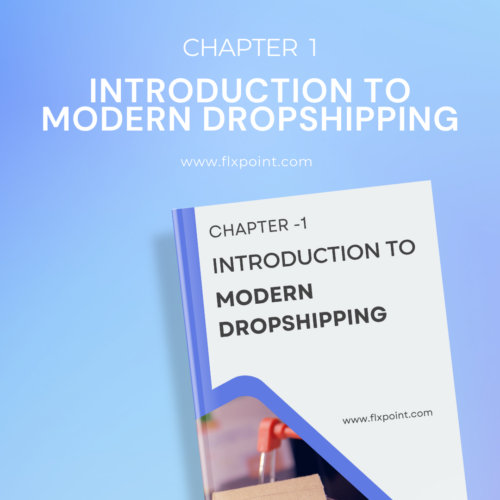
Unpack the evolution of dropshipping and why it’s still one of the most effective ecommerce models. Learn how the modern approach is different from outdated methods, what’s fueling its explosive growth, and what it takes to succeed in today’s competitive market.
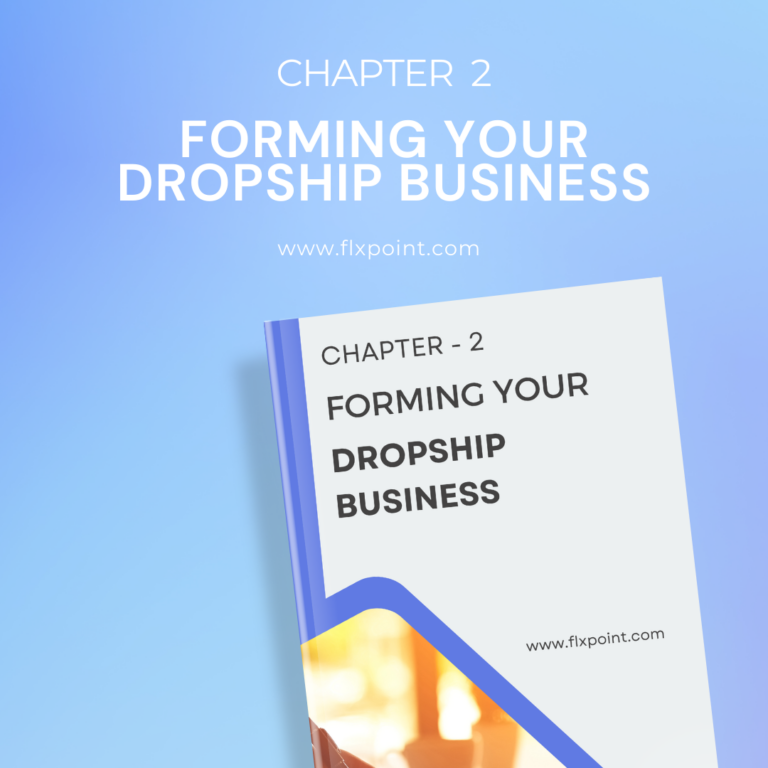
Get step-by-step guidance on building a strong foundation. From choosing your niche and validating your business idea to setting up your brand and making it legit—this chapter gives you the tools to confidently launch with clarity and purpose.
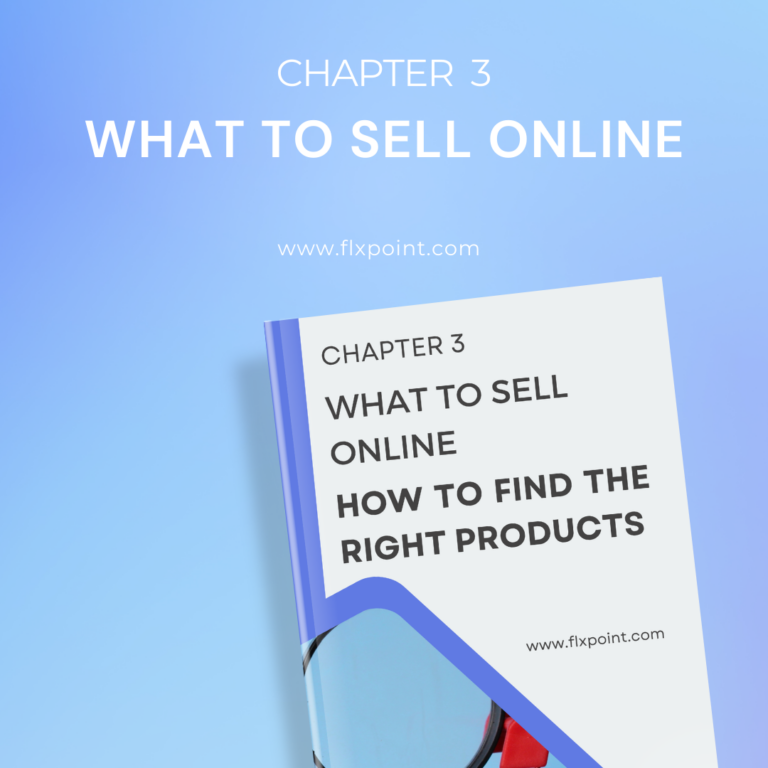
Struggling with product selection? Discover how to find winning products that sell. We cover techniques for identifying trends, analyzing competition, using supplier insights, and narrowing down product ideas that fit your niche and audience.
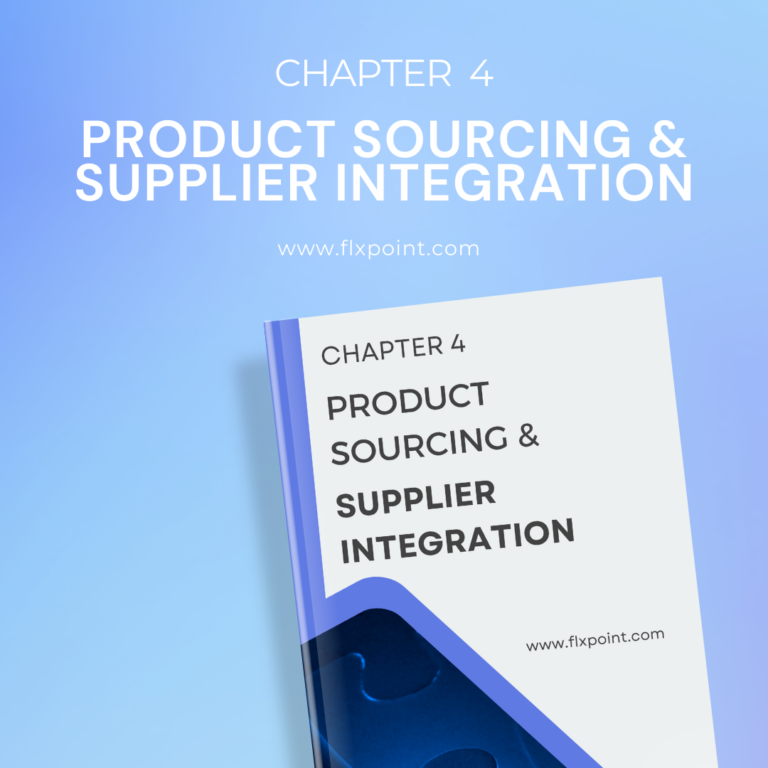
Not all suppliers are created equal. This chapter shows you how to source high-quality products and onboard suppliers the smart way. Learn how to vet vendors, avoid bad partnerships, and set up seamless integrations that keep your fulfillment running like clockwork.

Say goodbye to stockouts and overselling. Learn how to keep your inventory accurate and your customers happy with real-time updates, smart syncing, and automated stock management across all your channels and vendors.
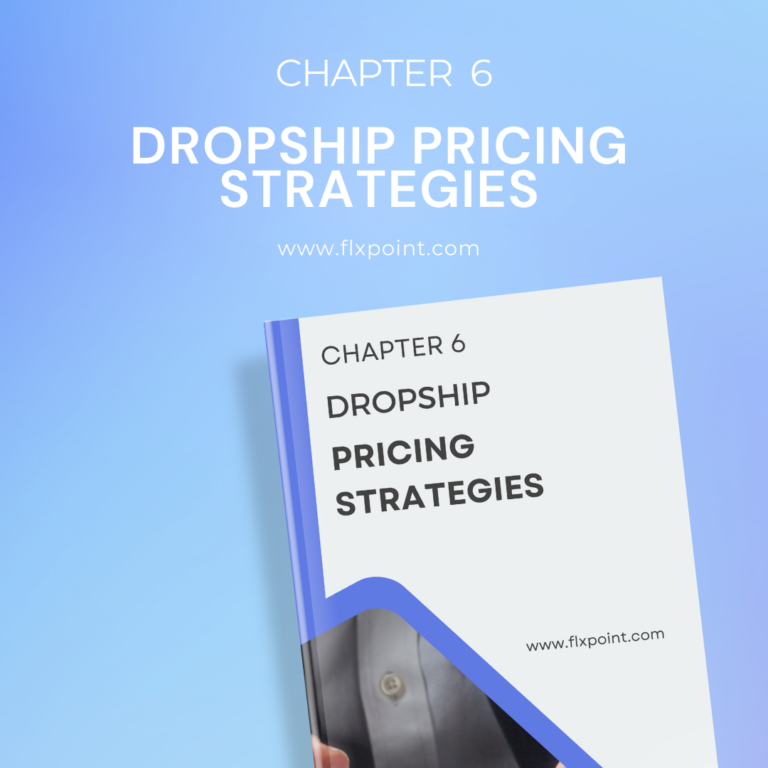
Pricing isn’t just numbers—it’s strategy. Dive into methods like cost-plus, value-based, and psychological pricing to find the sweet spot between profitability and competitiveness. You'll also learn how to handle MAP policies and dynamic pricing changes.

Manual processes holding you back? Discover how to automate your order routing, fulfillment, and vendor communication. Whether you’re dropshipping from a single source or juggling multiple suppliers, we’ll show you how to build a fulfillment engine that scales effortlessly.

The best of both worlds. Learn how to blend dropshipping with traditional wholesale to create a hybrid fulfillment model. Diversify your supply chain, increase margins, and reduce risk—all while maintaining flexibility and speed.

Protect your business (and your sanity). This chapter highlights red flags to watch for when sourcing suppliers, how to avoid fake vendors, and what to do if something seems off. Learn to build a trustworthy and secure supply chain from day one.

Tech made simple. Understand how using EDI and API integrations can automate communication with suppliers, speed up order processing, and reduce costly errors. Whether you're tech-savvy or not, this chapter makes complex systems feel doable.

Smart businesses run on data. Learn how to track key ecommerce metrics, monitor supplier performance, and analyze product performance to make confident, data-driven decisions that boost sales and efficiency.
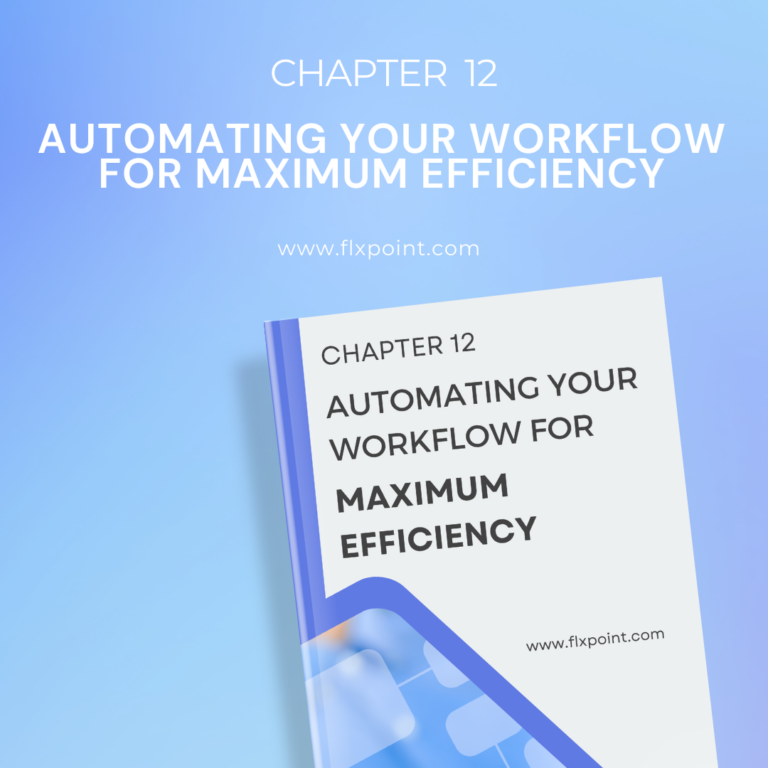
Unlock time-saving workflows that work while you sleep. This chapter breaks down how to automate inventory syncing, order routing, vendor communication, and customer updates to run your business like a well-oiled machine.
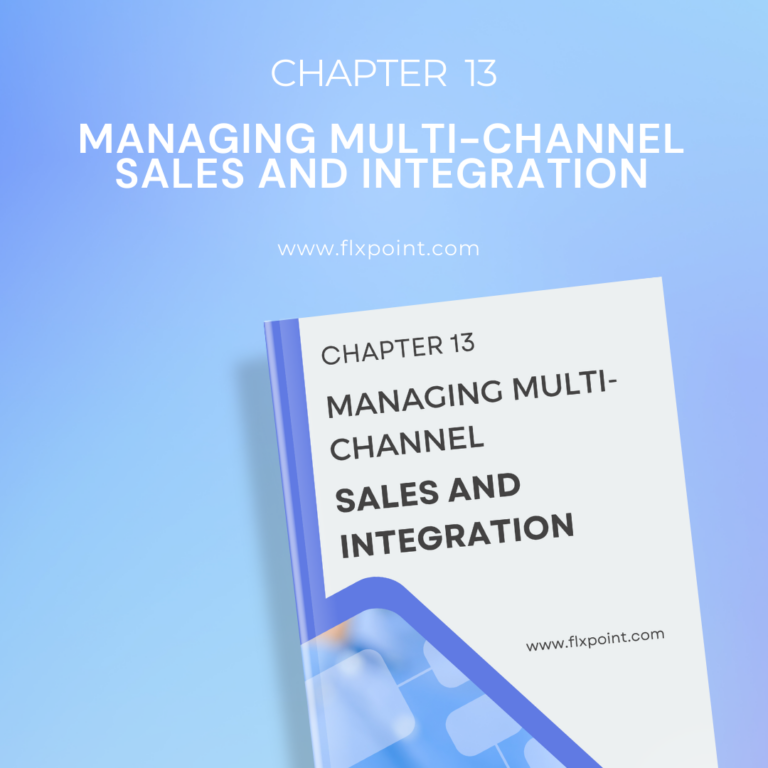
Ready to expand beyond one platform? Learn how to integrate and manage listings, inventory, and orders across multiple sales channels—like Shopify, BigCommerce, Amazon, Walmart, and more—without doubling your workload or making costly mistakes.

When it’s time to grow, this chapter shows you how. From onboarding new suppliers and expanding product lines to optimizing your tech stack and improving operations, get a roadmap for scaling sustainably and profitably.
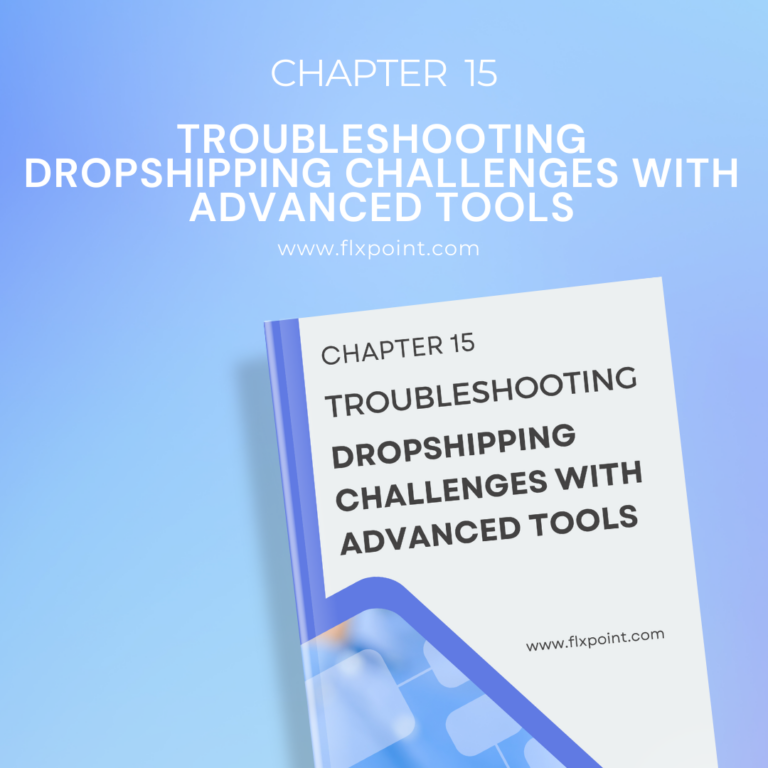
Every business runs into roadblocks—what matters is how you respond. Learn how to tackle issues like supplier delays, low inventory, and customer service hiccups using smart tools, real-time alerts, and proactive troubleshooting strategies.

What’s next for dropshipping? Explore emerging trends like AI-powered automation, predictive inventory, autonomous fulfillment, and more. Stay ahead of the curve and future-proof your business with the latest innovations.
Kenneth Cole's Smart Savings With Shopify EDI Connections
"They had never used Flxpoint before. But working with [the Flxpoint] team, they learned it and we're about to onboard our newest footwear partner, and you know that's big business for us.”
Mitul PatelKenneth Cole


How Flxpoint Helped Rifle Supply Automate & Grow
“I went line by line… whatever the inventory number was and cost value was, I calculated it and was blown away by how much that was worth— $300 million worth of product that I added to our web store.”
Chris MekdaraRifle Supply


The Ecommerce Automation Behind Screen Skinz
"Automation is the key to maximizing your volume. [Flxpoint] comes right into our flow — everything's automated. We want it to be quick and efficient. So that's what we love about Flxpoint."
Shaun Brown & Clay CanningScreenSkinz


How Inhaven Transformed Vendor Management with Flxpoint
"We ended up switching to Flxpoint, and it has been a much smoother process. Where it took us six months to get onboarded with the other company, we were up and running in a week or two with Flxpoint."
Ashley ChingInhaven


How Black Patch Performance Scaled Smarter with Flxpoint
"The only way to actually scale was to go through Flxpoint… You can’t even come close to hiring someone to do what Flxpoint does for the price."
Jonathan WilliamsBlack Patch Performance


